Granite Grit Substitute?
johnweh
13 years ago
Related Stories
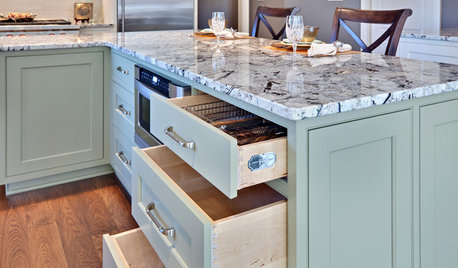
KITCHEN DESIGNWhat Goes With Granite Counters?
Coordinate your kitchen finishes beautifully by choosing colors that complement granite’s natural tones
Full Story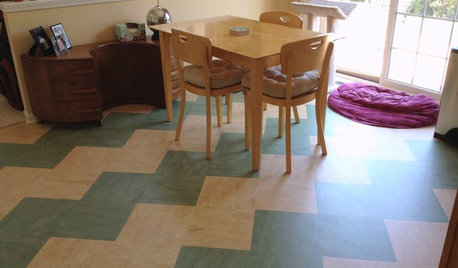
REMODELING GUIDESLinoleum, the All-Purpose Flooring Wonder
Dashing in a rainbow of colors, able to be cleaned with ease and courteous to budgets everywhere, linoleum is a super choice for floors
Full Story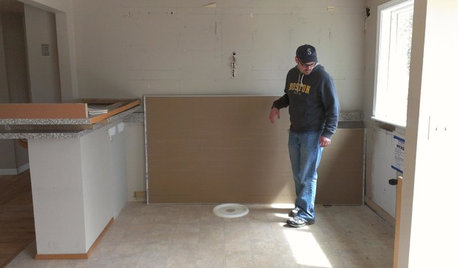
KITCHEN DESIGNStylish New Kitchen, Shoestring Budget: See the Process Start to Finish
For less than $13,000 total — and in 34 days — a hardworking family builds a kitchen to be proud of
Full Story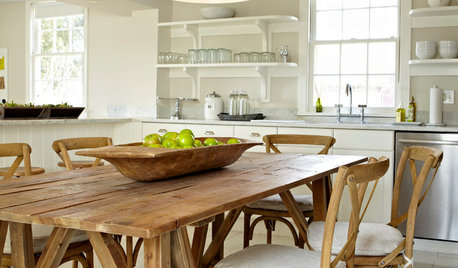
KITCHEN DESIGNGoodbye, Island. Hello, Kitchen Table
See why an ‘eat-in’ table can sometimes be a better choice for a kitchen than an island
Full Story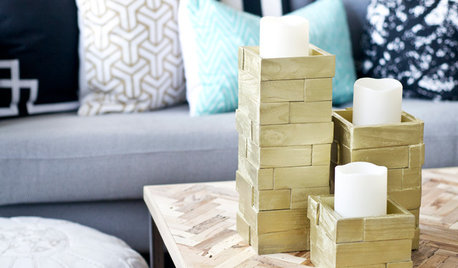
DIY PROJECTSMake Fall-Perfect Wooden Candleholders — Without a Woodshop
Store-bought wood shims and glue mean you can hand craft these eye-catching holders with less fuss
Full Story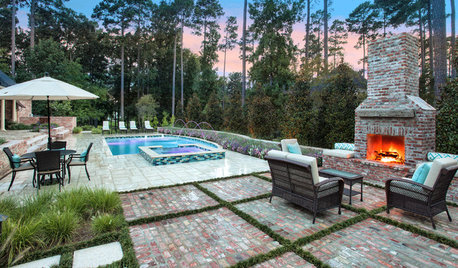
PATIOSYour Guide to 10 Popular Landscape Paving Materials
To choose the best paving for your landscape, look at climate, cost and context
Full Story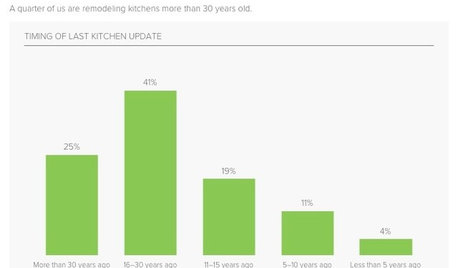
KITCHEN DESIGNSurvey Results: Kitchen Trends That Seem Here to Stay
More than a third of respondents in Houzz’s annual kitchen trends report now have the means to remodel. Here’s what else they told us
Full Story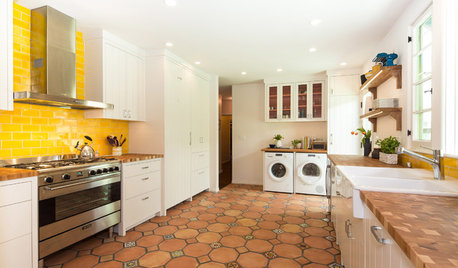
KITCHEN DESIGNNew This Week: 4 Surprising Backsplash and Countertop Pairings
Make your kitchen workspace stand out with colored ceramic tile, back-painted glass, butcher block and more
Full Story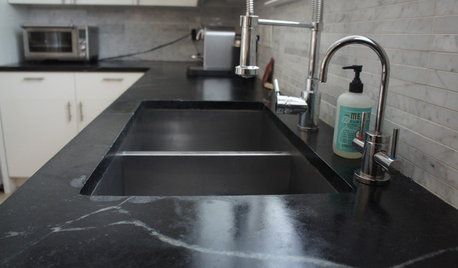
KITCHEN DESIGNSoapstone Counters: A Love Story
Love means accepting — maybe even celebrating — imperfections. See if soapstone’s assets and imperfections will work for you
Full StoryMore Discussions









tapla (mid-Michigan, USDA z5b-6a)
puglvr1
Related Professionals
Wrentham Landscape Architects & Landscape Designers · Bethlehem Landscape Contractors · Lake Saint Louis Landscape Contractors · Mount Sinai Landscape Contractors · Ansonia Landscape Contractors · Rosemount Solar Energy Systems · Wildomar Solar Energy Systems · Irvington Solar Energy Systems · Safety Harbor Window Contractors · Emeryville Window Contractors · Glendale Heights Window Contractors · Tamiami Window Contractors · Cutler Bay Fence Contractors · Lake Forest Fence Contractors · Winter Park Fence Contractorslandperson
jodik_gw
puglvr1
meyermike_1micha
slane15
meyermike_1micha
landperson
tapla (mid-Michigan, USDA z5b-6a)
landperson
tapla (mid-Michigan, USDA z5b-6a)
puglvr1
jock.stender
tapla (mid-Michigan, USDA z5b-6a)
jock.stender
greentiger87